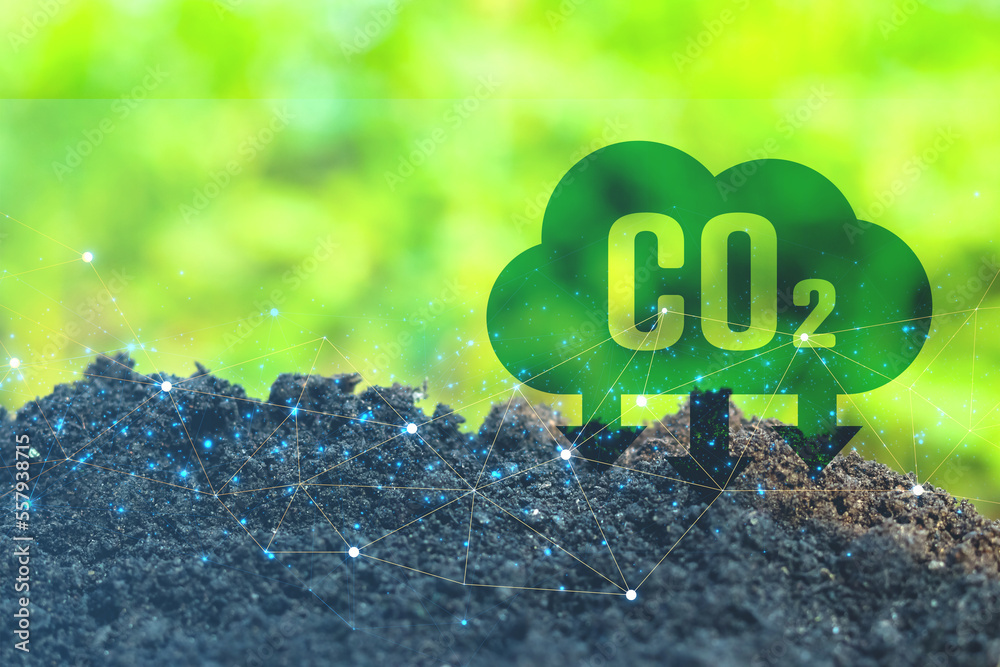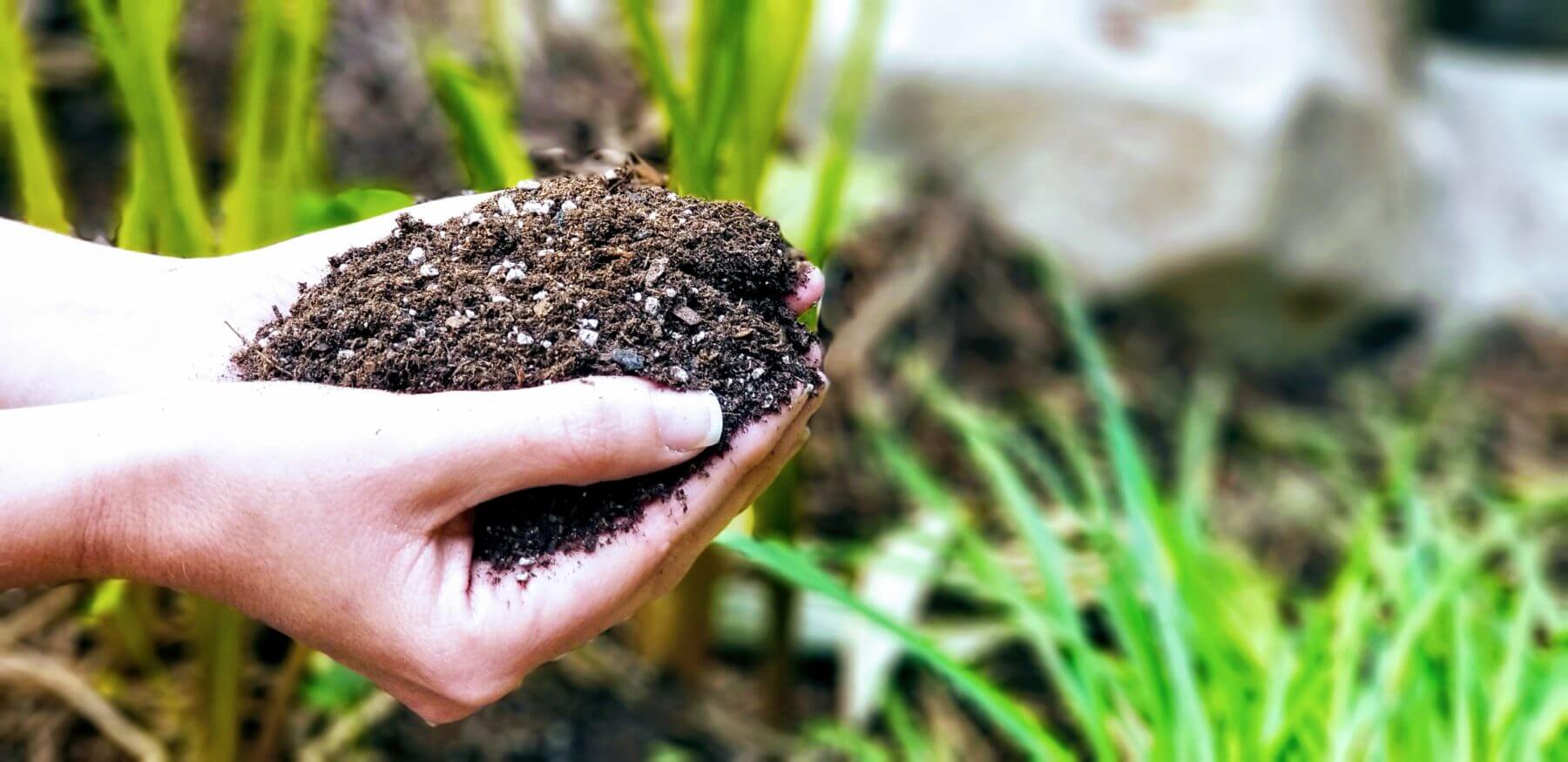In the quest for sustainable solutions to environmental challenges, biochar emerges as a promising candidate. Derived from forestry waste, biochar production not only addresses the issue of waste management but also offers a plethora of benefits, from carbon sequestration to soil improvement and renewable energy generation. This comprehensive guide delves into the intricacies of biochar production from forestry waste by biochar production equipment, exploring its significance, production methods, applications, and potential impact on environmental sustainability.

Understanding Biochar:
Biochar, often referred to as “black gold” or “terra preta,” is a carbon-rich, fine-grained charcoal-like substance produced through the pyrolysis of organic materials, such as forestry waste, agricultural residues, or even municipal solid waste. Pyrolysis, a process involving the thermal decomposition of organic materials in the absence of oxygen, leads to the conversion of biomass into biochar, along with bio-oil and syngas.
Significance of Biochar Production from Forestry Waste:
Forestry waste, comprising branches, twigs, leaves, and other residual biomass from forest management activities, represents a substantial biomass resource. However, its disposal often poses environmental challenges, including forest fires, habitat degradation, and greenhouse gas emissions. By converting forestry waste into biochar, not only can these environmental issues be mitigated, but valuable resources can also be harnessed for sustainable purposes.
Production Methods:
Biochar production from forestry waste typically involves the following steps:
Feedstock Preparation: Forestry waste is collected, sorted, and processed to remove contaminants and achieve uniform particle size, facilitating efficient pyrolysis in the palm shell charcoal machine.
Pyrolysis: The prepared forestry waste undergoes pyrolysis in a controlled environment, such as a pyrolysis reactor or kiln. During pyrolysis, the biomass is heated to high temperatures (300°C to 800°C) in the absence of oxygen, leading to the production of biochar, bio-oil, and syngas.
Condensation and Collection: The bio-oil and syngas produced during pyrolysis are condensed and collected for further processing or utilization, while the biochar remains as the solid residue.
Activation (Optional): In some cases, biochar undergoes activation processes, such as steam activation or chemical activation, to enhance its adsorption properties for specific applications, such as water treatment or soil amendment.

Applications of Biochar:
Biochar finds diverse applications across various sectors, including agriculture, environmental remediation, and renewable energy:
Soil Amendment: Incorporating biochar into soil enhances soil structure, water retention, nutrient availability, and microbial activity, thereby improving crop productivity and soil health. Additionally, biochar acts as a long-term carbon sink, sequestering carbon in the soil and mitigating greenhouse gas emissions.
Environmental Remediation: Biochar’s high surface area and porous structure make it an effective adsorbent for removing pollutants, such as heavy metals, organic contaminants, and nutrients, from air, water, and soil. Biochar-based remediation technologies offer sustainable solutions for mitigating pollution and restoring ecosystems.
Livestock Feed Additive: Including biochar in livestock feed helps alleviate digestive issues, improve nutrient utilization, and reduce methane emissions from enteric fermentation, contributing to sustainable livestock management and greenhouse gas mitigation.
Renewable Energy: Biochar production generates bio-oil and syngas as by-products, which can be further processed through techniques like catalytic upgrading or gasification to produce renewable fuels, such as biofuels and biogas, thereby reducing reliance on fossil fuels and mitigating climate change.
Impact on Environmental Sustainability:
The production of biochar from forestry waste holds significant potential for advancing environmental sustainability in several ways:
Carbon Sequestration: Biochar serves as a stable form of carbon, sequestering carbon in the soil for hundreds to thousands of years. By converting forestry waste into biochar, carbon that would otherwise be released into the atmosphere through decomposition or combustion is effectively stored in the soil, mitigating climate change.
Waste Management: By utilizing forestry waste as feedstock for biochar production by sugarcane bagasse charcoal machine, waste disposal issues associated with forestry operations are addressed, reducing the risk of forest fires, minimizing habitat degradation, and preventing emissions of greenhouse gases and air pollutants.
Soil Health and Agricultural Productivity: The application of biochar improves soil fertility, nutrient cycling, and water retention, thereby enhancing agricultural productivity and resilience to climate change. Furthermore, biochar-amended soils exhibit increased carbon sequestration potential, contributing to long-term soil health and ecosystem stability.
Pollution Control: Biochar’s adsorption capacity enables it to effectively remove pollutants from air, water, and soil, mitigating pollution and improving environmental quality. Biochar-based remediation technologies offer sustainable solutions for addressing various environmental challenges, including contaminated land, wastewater treatment, and air quality management.
Challenges and Future Directions:
Despite its potential benefits, biochar production from forestry waste faces several challenges and limitations, including:
Economic Viability: The economic feasibility of biochar production depends on various factors, including feedstock availability, production costs, market demand, and policy support. Overcoming barriers to cost-effectiveness and achieving competitiveness with conventional practices remains a key challenge for widespread adoption.
Technological Optimization: Continued research and development efforts are needed to optimize biochar production technologies, improve process efficiency, enhance biochar quality, and minimize environmental impacts. Innovations in pyrolysis reactors, feedstock pretreatment, and by-product utilization hold promise for advancing the scalability and sustainability of biochar production.
Market Development: Establishing robust markets for biochar products and creating incentives for their adoption are essential for stimulating investment, driving innovation, and scaling up biochar production from forestry waste. Public awareness campaigns, certification schemes, and policy incentives can promote the uptake of biochar as a sustainable solution for waste management, soil improvement, and climate change mitigation.
Conclusion:
Biochar production from forestry waste represents a multifaceted approach to addressing environmental challenges while harnessing valuable resources for sustainable development. By converting forestry waste into biochar, not only can waste management issues be mitigated, but also soil health improved, carbon sequestered, and pollution controlled. Despite challenges, ongoing research, technological innovation, and policy support are poised to unlock the full potential of biochar as a versatile and sustainable solution for environmental stewardship. As we navigate the complexities of the 21st century, biochar stands out as a beacon of hope, offering a pathway towards a more resilient, regenerative, and sustainable future.